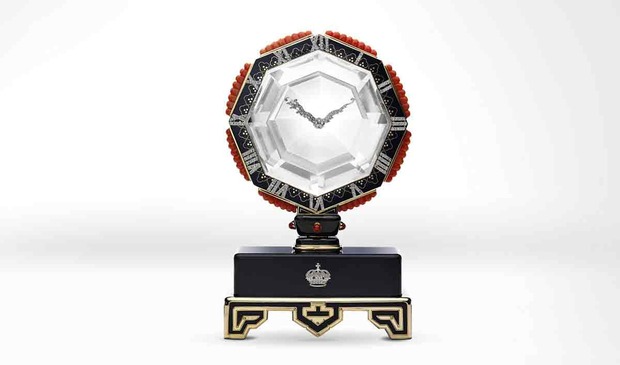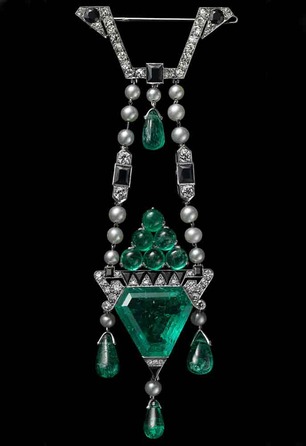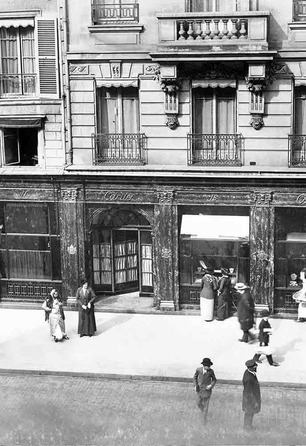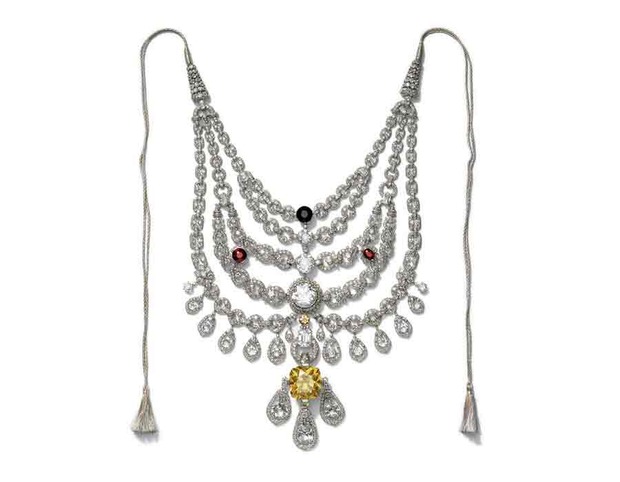Cartier: Style and History
The legendary “jeweler of kings” puts its greatest pieces on display at Paris’ Grand Palais


“Cartier: Style and History,” is a unique show currently on display at the newly renovated Salon d’Honneur within Paris’ Grand Palais, which tells the story of French luxury label Cartier (known as “jeweler to kings”). The exhibition includes approximately 600 pieces—most of them from the company collection but also lent by illustrious owners—including famous items such as Queen Elizabeth’s tiara (worn by Kate Middleton at her wedding), Grace Kelly’s diamond engagement ring and Elizabeth Taylor’s iconic ruby collar necklace. Along with pieces of exquisite jewelry, the show is comprised of sketches, clocks, picnic sets, cigarette cases, flasks and all kinds of unexpected, spectacular and covetable Cartier treasures.
The exhibition revisits stunning moments in fashion while important cultural and historical influences are apparent throughout the show. Pieces from the mid-19th century identify the significance that Egyptian and Indian textiles, patterns and culture had on the era. Later, the monochrome style of the ’20s, the geometry of the ’40s and the organic shapes of the ’60 reflect the ever-moving current in aesthetics.


It’s this historical context that makes Cartier’s significance evident. Founded in Paris in 1847 by Louis-François Cartier, the label truly took off when it moved to the prestigious address Rue de la Paix and set up its own design studio. With the help of orders such as a silver tea set for French Empress Eugenia and a set of jewelry for Mrs Vanderbilt, Cartier became jeweler of the royal courts, specializing in tiaras. The brand—first inspired by French 18th century tradition—developed its very own neoclassical style with its famous “Garland Style,” which was at the same time, subtle. Cartier was one of the first to use platinum instead of gold or silver and became famous for their use of contrasting onyx and diamonds or crystals. The success of the company long-remained in the family with the three Cartier brothers running their three flagships in Paris, London and New York.

Among the most impressive pieces on display at the Grand Palais, is the extraordinary commission from Bhupinder Singh of Patiala (then the ruling Maharaja of the area) from 1925. He apparently brought Cartier thousands of precious stones—one of which was a famous 234-carat yellow diamond—asking for a unique necklace which would blend traditional Indian style with Art Deco. Apart from being aesthetically overwhelming, Cartier’s creations are a fascinating lesson in craftsmanship, fashion and history.
“Cartier: Style and History” is on display at the Grand Palais through 14 February 2014.
Images courtesy of Cartier












